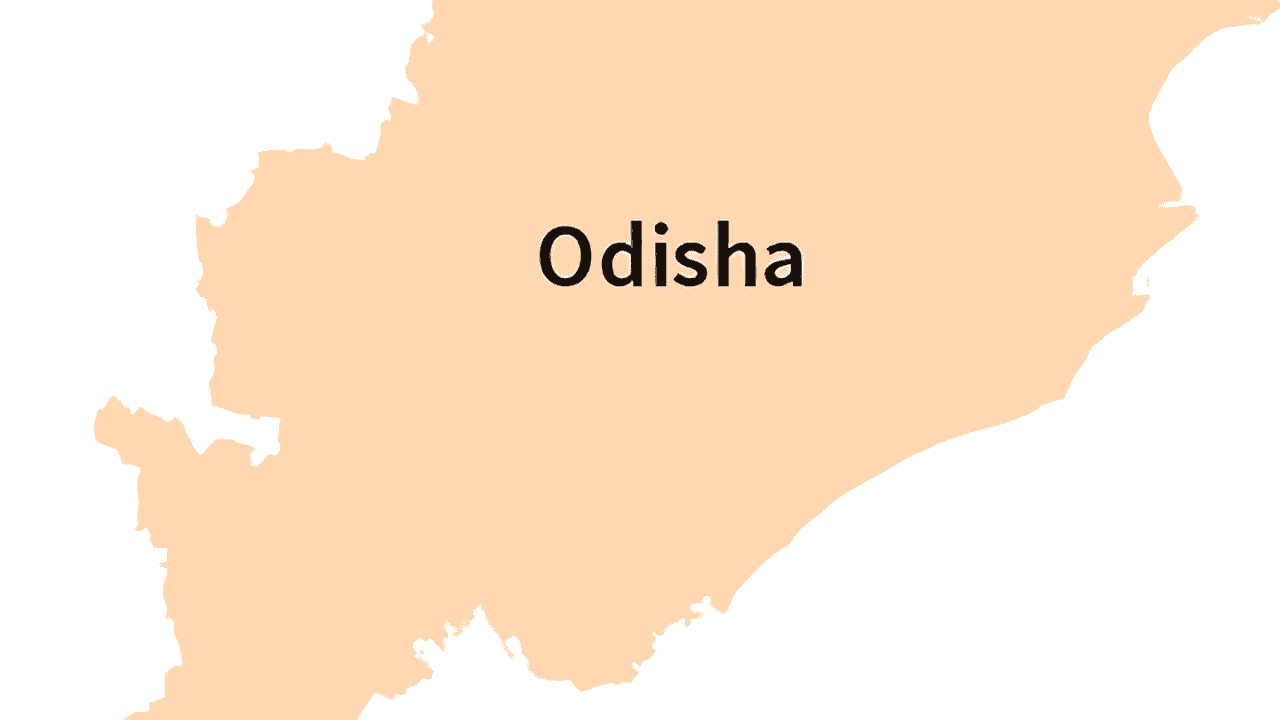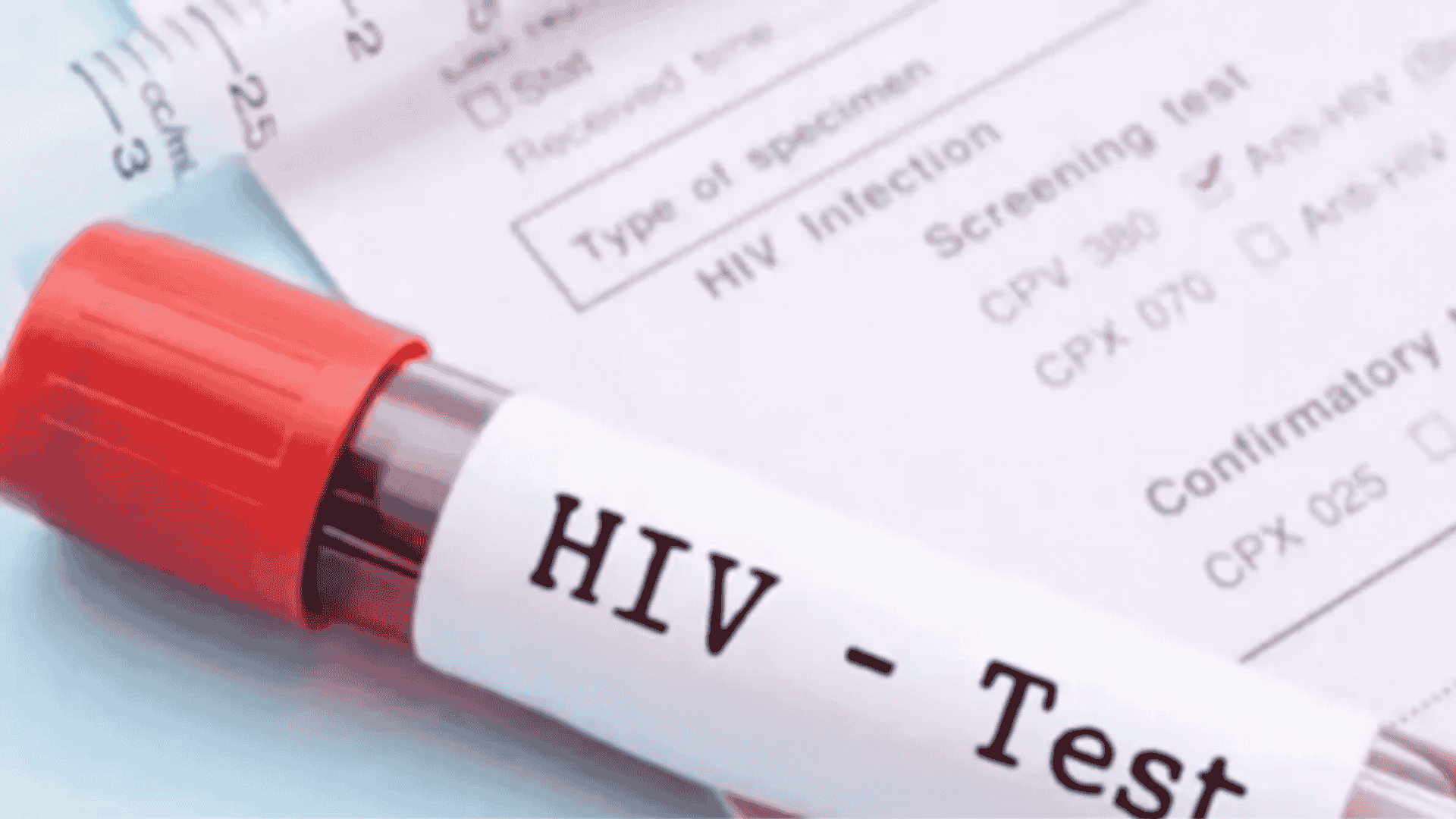Explore the recent economic slowdown in Odisha under the BJP government, analyzing fiscal policies, low departmental spending, increased borrowing, and its impact on achieving 'Samruddha Odisha by 2036'.
Introduction
The BJP-led government in Odisha recently unveiled its vision to make the state a $500 billion economy by 2036 under the "Samruddha Odisha" initiative. However, recent fiscal indicators raise questions about whether these ambitious economic targets can realistically be achieved.
Low Spending Across Key Departments
The current government’s spending pattern is concerning. Over the past nine months, crucial sectors such as Energy, Panchayati Raj and Drinking Water, Transport, and Housing and Urban Development have spent less than 50% of their allocated budgets. Shockingly, departments like Mission Shakti, Disaster Management, and Sports & Youth Affairs utilized even less than 30% of their allocations.
Even departments dedicated to cultural preservation, such as Odisha's Department of Odia Language, Culture, and Heritage, have shown only 27.1% spending, reflecting a lethargic governance structure.
Increasing Borrowings Raise Fiscal Concerns
A troubling trend under the BJP administration is the significant increase in borrowing. This is a shift from the fiscally prudent policies implemented by the previous Biju Janata Dal (BJD) government between 2020-24. Currently, open market borrowing constitutes 37% of the total budgetary borrowings.
Impact of Budget Cuts on Social Welfare Programs
Critical welfare schemes like the Pradhan Mantri Awas Yojana (PMAY), which provides affordable housing to the marginalized, have faced budgetary cuts from ₹26,090 crore last year to a significantly reduced figure this year. Such reductions directly undermine inclusive development.
Promising Initiatives but Limited Action
Despite announcing ambitious projects, such as a 12% increase in agriculture spending and a target to build 75,000 kilometers of roads over four years, the government’s limited spending and transparency concerns raise doubts about successful implementation.
Lessons from Odisha's Economic Scenario
The case of Odisha emphasizes the need for balanced economic strategies, prioritizing transparency and fiscal discipline. The government must:
Ensure effective utilization of departmental budgets.
Promote transparency through regular fiscal reporting.
Prioritize inclusive growth by adequately funding critical welfare programs.
Explore more on Odisha's economic developments
Future Directions for Odisha’s Economy
Chief Minister's vision of "Samruddhi"—inclusive and equitable economic growth—requires proactive governance and transparent economic management. Odisha must realign its fiscal policy to ensure sustainable growth, economic stability, and equitable opportunities for every citizen.
Learn about India's broader economic policies
Conclusion
The BJP government's current economic strategy in Odisha needs significant recalibration. Achieving economic prosperity and inclusive growth by 2036 will require more than just ambitious declarations; it demands effective fiscal management, transparent governance, and a sincere commitment to social equity.
Odisha economy, BJP government Odisha, fiscal policy, economic slowdown, inclusive growth, government borrowing, departmental spending, Samruddha Odisha 2036.
By Team Atharva Examwise #atharaexamwise








